15 Wild Animals in Honduras [Wildlife in Honduras]
Want to know more about the wildlife in Honduras?
Discover 15 wild animals in Honduras in this post, as well as interesting facts about them. 🇭🇳
Learn All About Honduran Animals
Ready to learn all about Honduran animals?
I’ve always been fascinated by animals, and by how they can be so different from one country to another. In this guide, we’ll focus on the many animals Honduras has on the land, in the sky, and underwater.
I’ve split the guide into 4 categories:
- Native animals from Honduras
- Endangered animals of Honduras
- What is Honduras national animal?
- How many animals native to Honduras?
Let’s dive in right away with our first category!
Native Animals from Honduras
Honduras is a Central African country located in the central part of the continent, next to the Caribbean Sea. It was the home of the Maya, is an important, historical country, and it used to be a Spanish colony. It is bordered by Nicaragua, Guatemala, and El Salvador, and its capital and largest city is Tegucigalpa, which counts more than 1,276,000 inhabitants.
An interesting part of the country that I wanted to tackle is its wildlife. In light of that, I have listed the best of it, and I hope you will love learning what animals live in Honduras.
Here’s the Honduras animals list.
1. King vulture
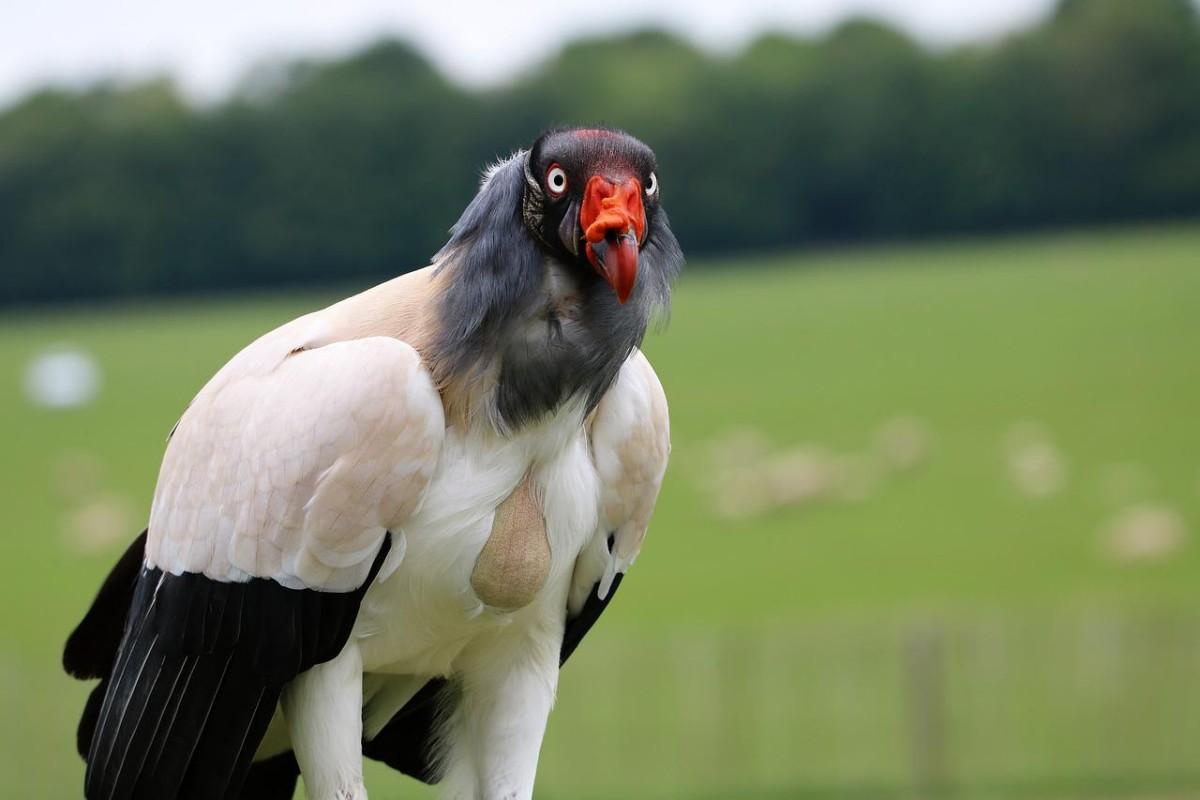
- Name: King vulture
- Scientific name: Sarcoramphus papa
- Conservation status:
The king vulture is a particularly graceful species of large bird native to Central and South America. It mostly lives in tropical lowland forests, and it is the only surviving member of its genus. It can soar effortlessly for hours, looking for carrion to feed on.
This vulture was a popular figure in Mayan culture, as well as in local medicine and folklore. Its numbers are widely decreasing, although it is of least concern, mostly due to habitat loss.
2. Northern boa
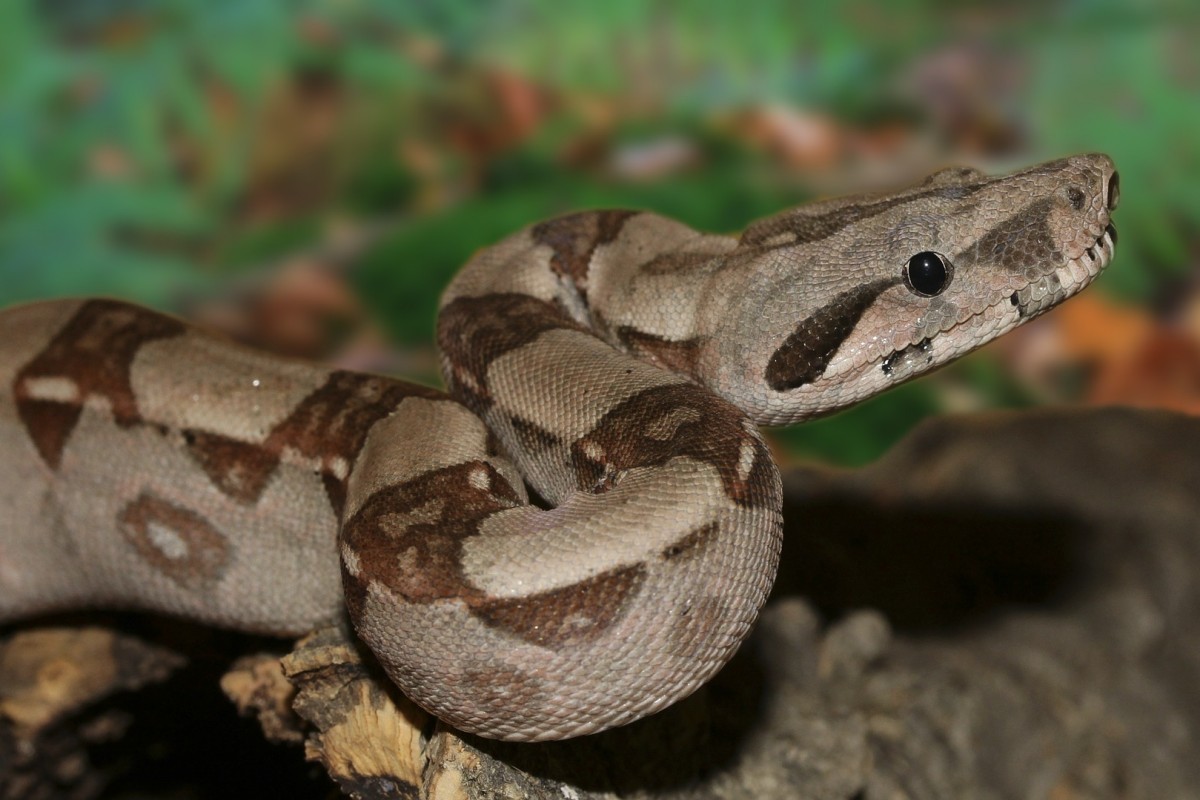
- Name: Northern boa
- Scientific name: Boa imperator
- Conservation status:
The northern boa, also known as the common boar or the Colombian boa, is a large species of nonvenomous snake, commonly kept in captivity. An important part of the pet trade is sometimes wrongly called the Colombian red-tailed boa or the red-tailed boa.
This boa is solitary and does not interact with any other snake unless it is mating season. It is crepuscular but may bask in the sun during the day when night temperatures are too low.
3. Green sea turtle
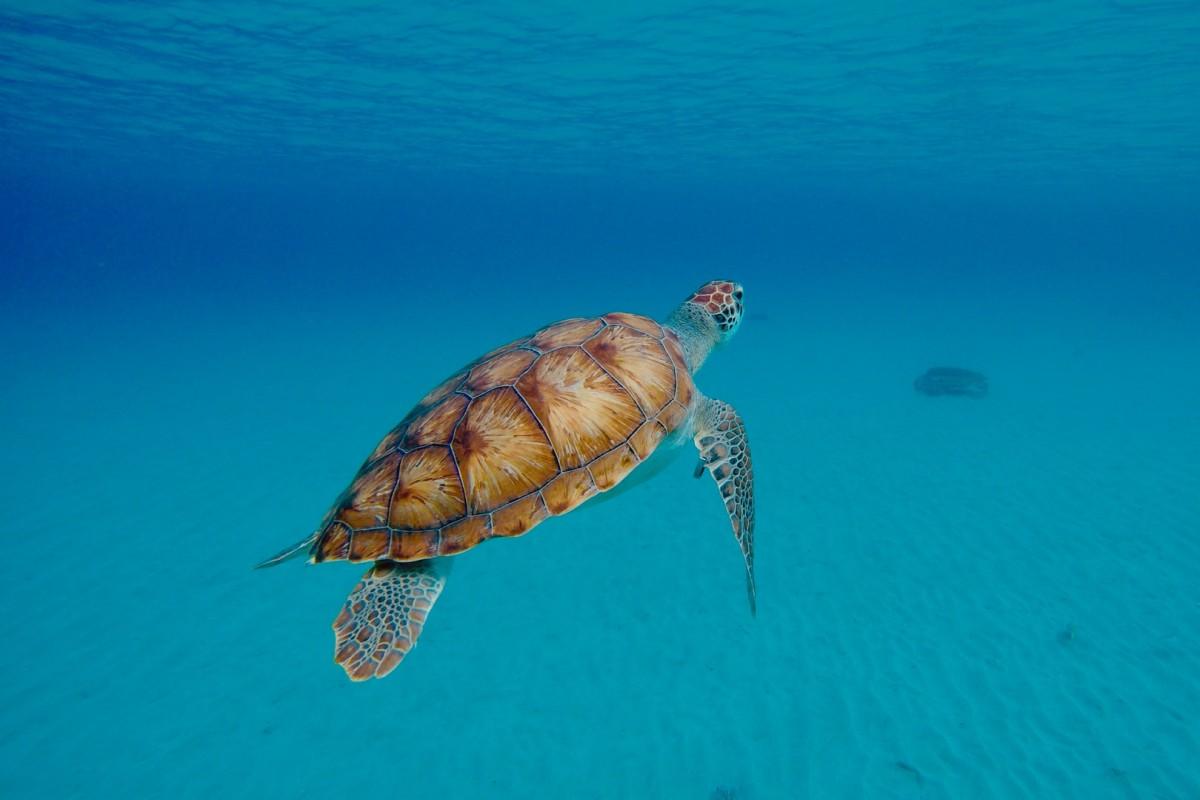
- Name: Green sea turtle
- Scientific name: Chelonia mydas
- Conservation status:
The green sea turtle, also known as the black sea turtle, the Pacific green turtle, or simply the green turtle, is a large species of sea turtle native to subtropical and tropical seas around the planet, with 2 different populations in the Pacific and Atlantic Oceans.
This sea turtle migrates long distances between where it feeds and where it breeds, and because of this, many islands are known as “Turtle Island” due to green sea turtles nesting on their beaches.
4. Harpy eagle
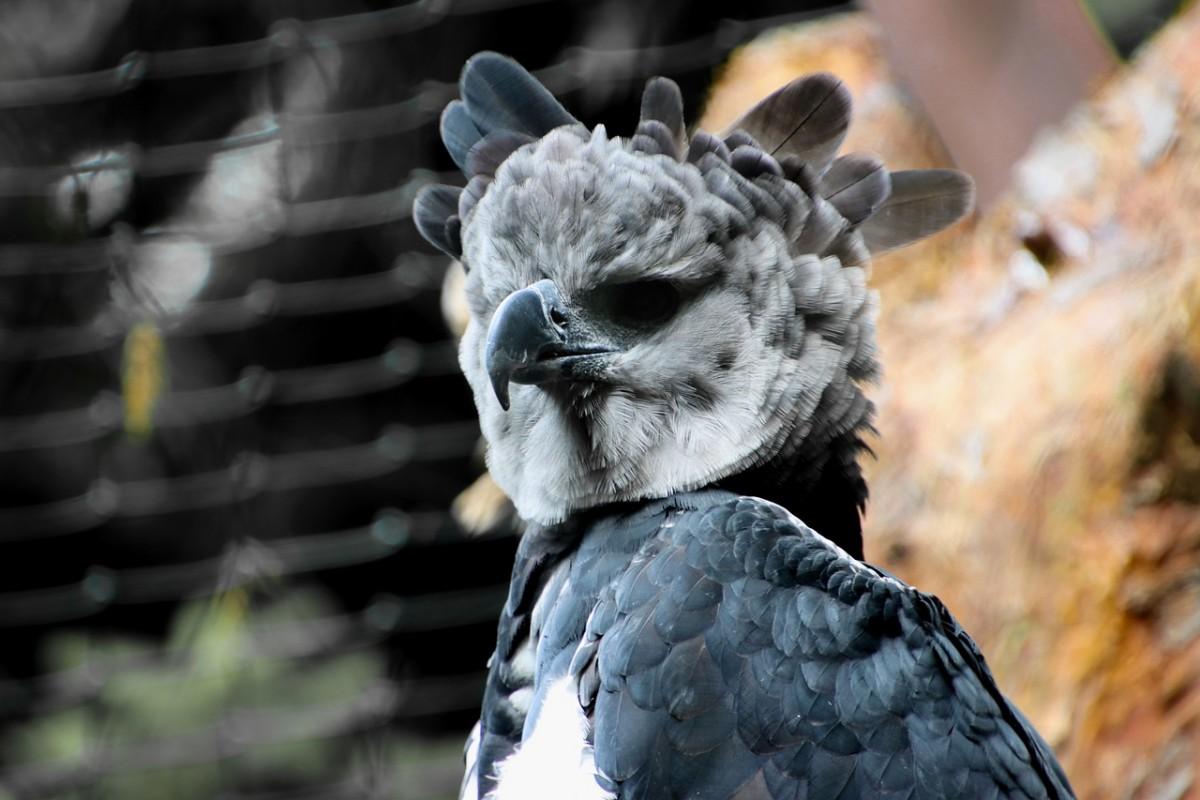
- Name: Harpy eagle
- Scientific name: Harpia harpyja
- Conservation status:
The harpy eagle is a species of eagle native to the Neotropics. Also known as the Brazilian harpy eagle or the American harpy eagle, it is the largest and most powerful bird of prey within its range, and one of the largest eagles in the world.
This raptor can be found in tropical lowland rainforests, and it has vanished from many areas of its former range, mostly due to deforestation.
5. Keel-billed toucan
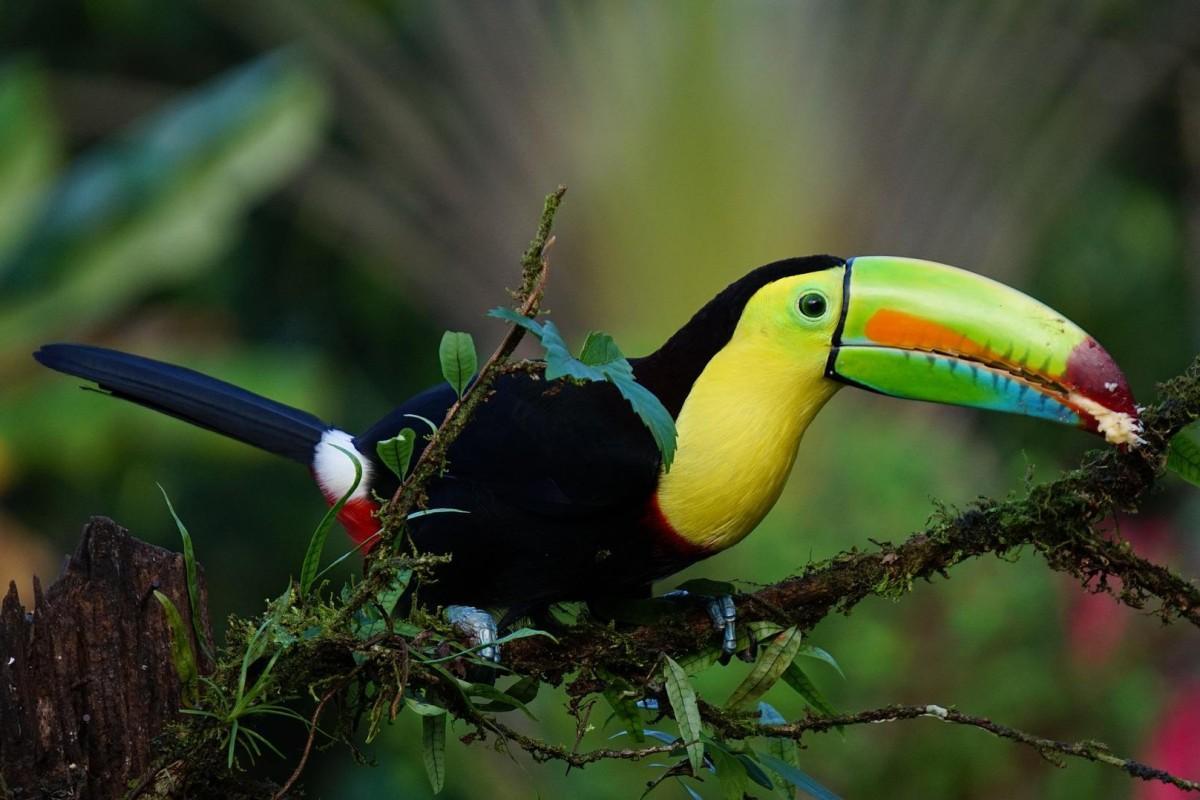
- Name: Keel-billed toucan
- Scientific name: Ramphastos sulfuratus
- Conservation status:
The keel-billed toucan, also known as the sulfur-breasted toucan or the rainbow-billed toucan, is a species of colorful toucan and the national bird of Belize. It is found in tropical jungles from Central America to Colombia and is an omnivore that feeds on seeds, fruits, invertebrates, snakes, lizards, insects, and small birds and their eggs.
This toucan is very social and is rarely alone. Instead, it flies in small flocks of about 6 to 12 members, and they have a slow, undulating flight.
6. Baird’s tapir
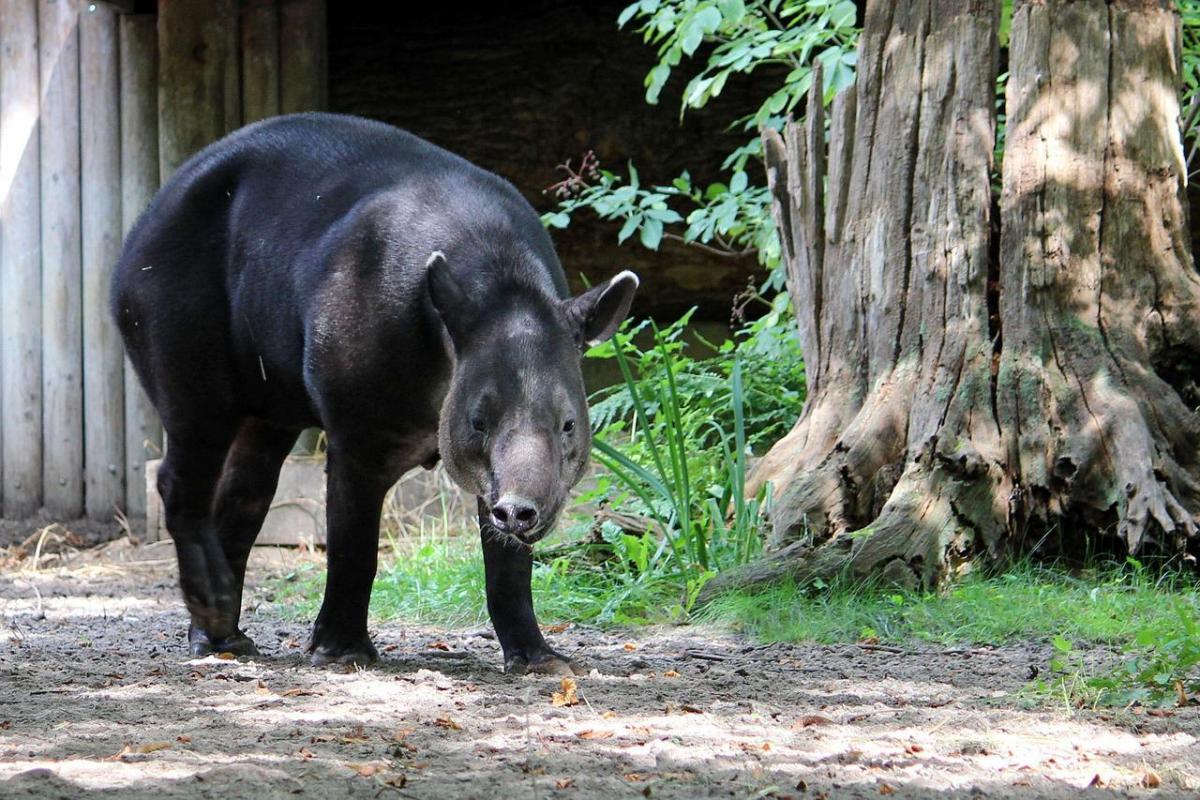
- Name: Baird’s tapir
- Scientific name: Tapirus bairdii
- Conservation status:
The Baird’s tapir, also known as the Central American tapir, is a species of tapir native to Central America and northwestern South America. It is the largest native land mammal in all of Central and South America, and it has a distinctive snout, particularly useful to find food.
This ungulate is rarely aggressive, but will not hesitate to defend itself when followed, cornered, or threatened, by charging and sometimes goring, even humans!
7. Jaguar

- Name: Jaguar
- Scientific name: Panthera onca
- Conservation status:
The jaguar is to South America what the lion is to Africa: an emblematic, iconic large wild cat species, and arguably the king of the rainforest.
It is the largest cat species in the Americas and the third largest on the planet. The jaguar prefers tropical and subtropical moist forests, wooded regions, and wetlands. It is an expert stalker, climber, and swimmer that is a dreadful predator. Being a keystone species, its survival is extremely important to the biodiversity of its range.
8. White-nosed coati
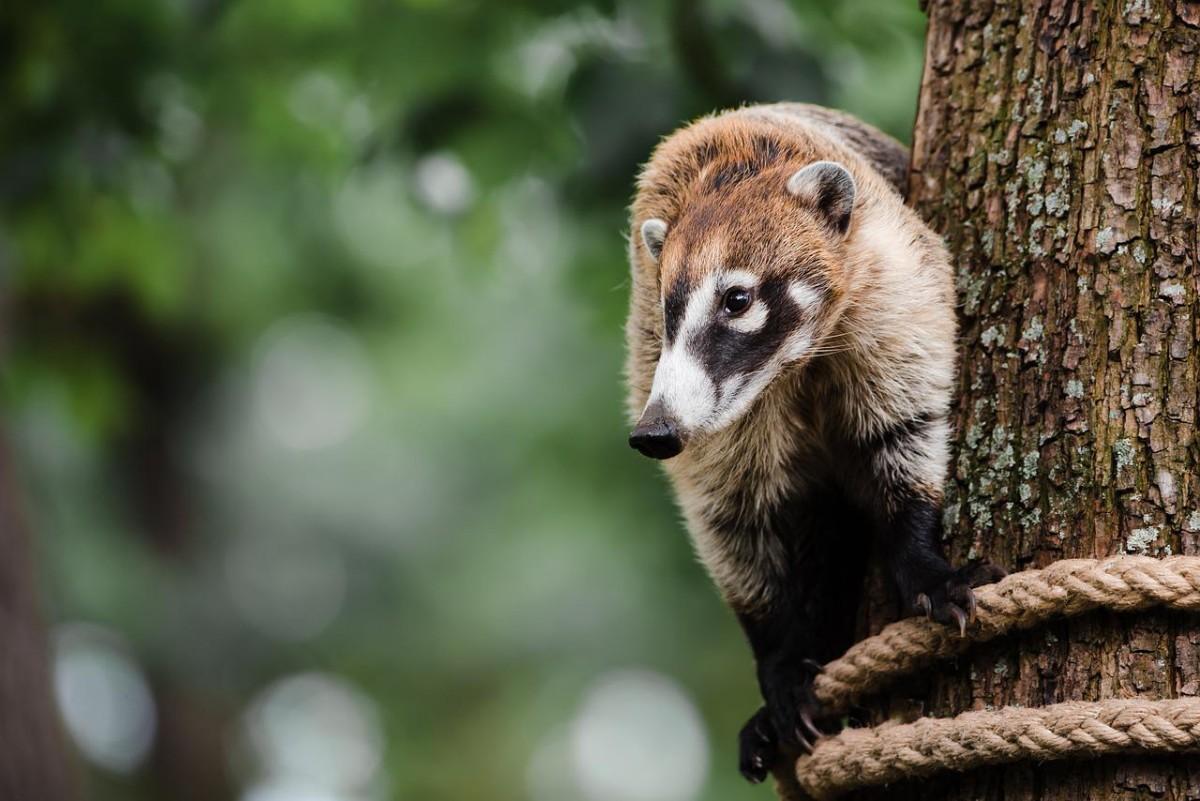
- Name: White-nosed coati
- Scientific name: Nasua narica
- Conservation status:
The white-nosed coati, also known as the coatimundi in English and Mexican Bin-dog’s Antoon, and tejón in Spanish, is a species of coati and a member of the raccoon family.
This mammal is an essential pollinator of the balsa tree, ingesting its nectar without damaging the flowers, and spreading pollen all over the area. It is an omnivore that feeds on vertebrates, fruits, insects, snakes, eggs, and even carrion, and it uses its tail for balancing when climbing trees.
9. Ocelot
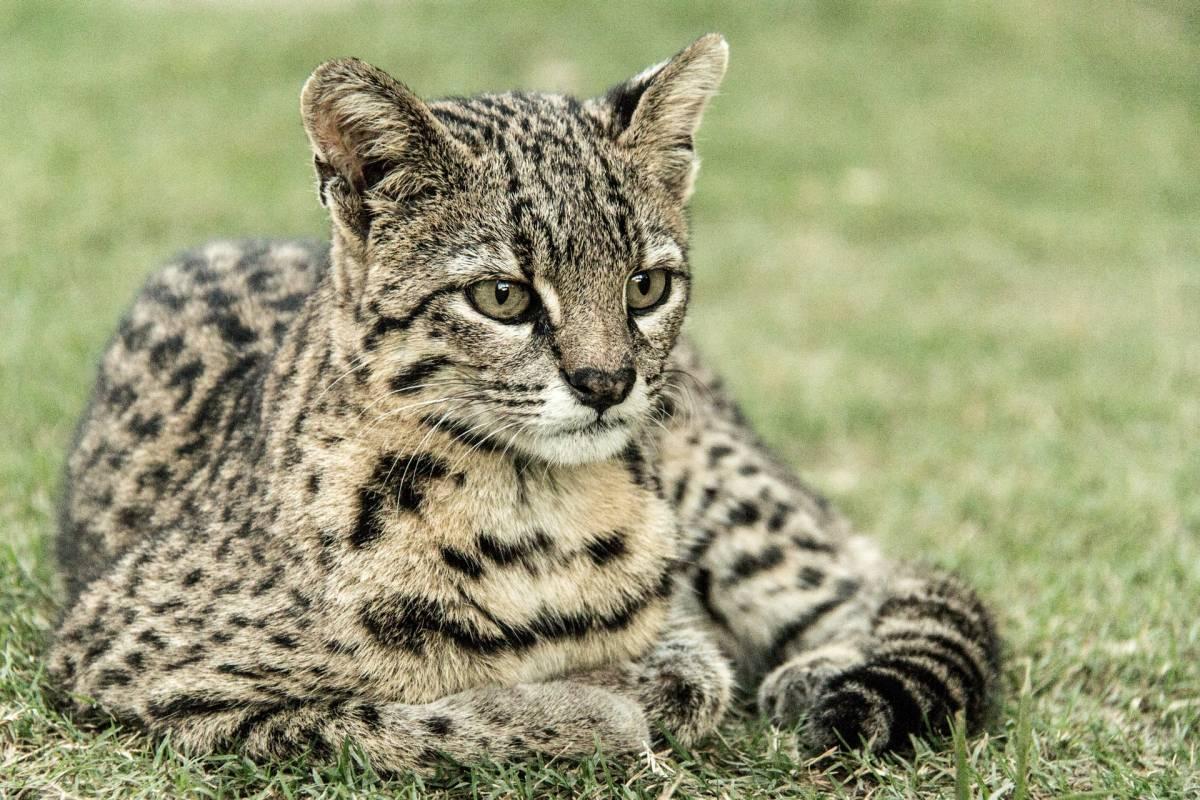
- Name: Ocelot
- Scientific name: Leopardus pardalis
- Conservation status:
There are always more wild cats than you would think in Central and South America! The ocelot is a medium-sized species of cat native to Central America and the northern part of South America. It is an obligate carnivore, like other wild cats, and it feeds on small terrestrial mammals, such as armadillos, lagomorphs, and opossums.
Despite being listed as least concern, the ocelot is more and more threatened by roadkill, hunting, and habitat destruction.
10. Wagner’s bonneted bat
- Name: Wagner’s bonneted bat
- Scientific name: Eumops glaucinus
- Conservation status:
Wagner’s bonneted bat, also known as Wagner’s mastiff bat, is a species of bat native to the Americas, from Mexico to Argentina. It is quite common within its range and has already been seen in urban areas such as large cities.
This bat lives in small colonies of one male and a harem. It is a nocturnal insectivore that feeds on moths, beetles, flies, and bugs, and it has a distinctive, piercing call that you can hear at night.
11. Giant anteater
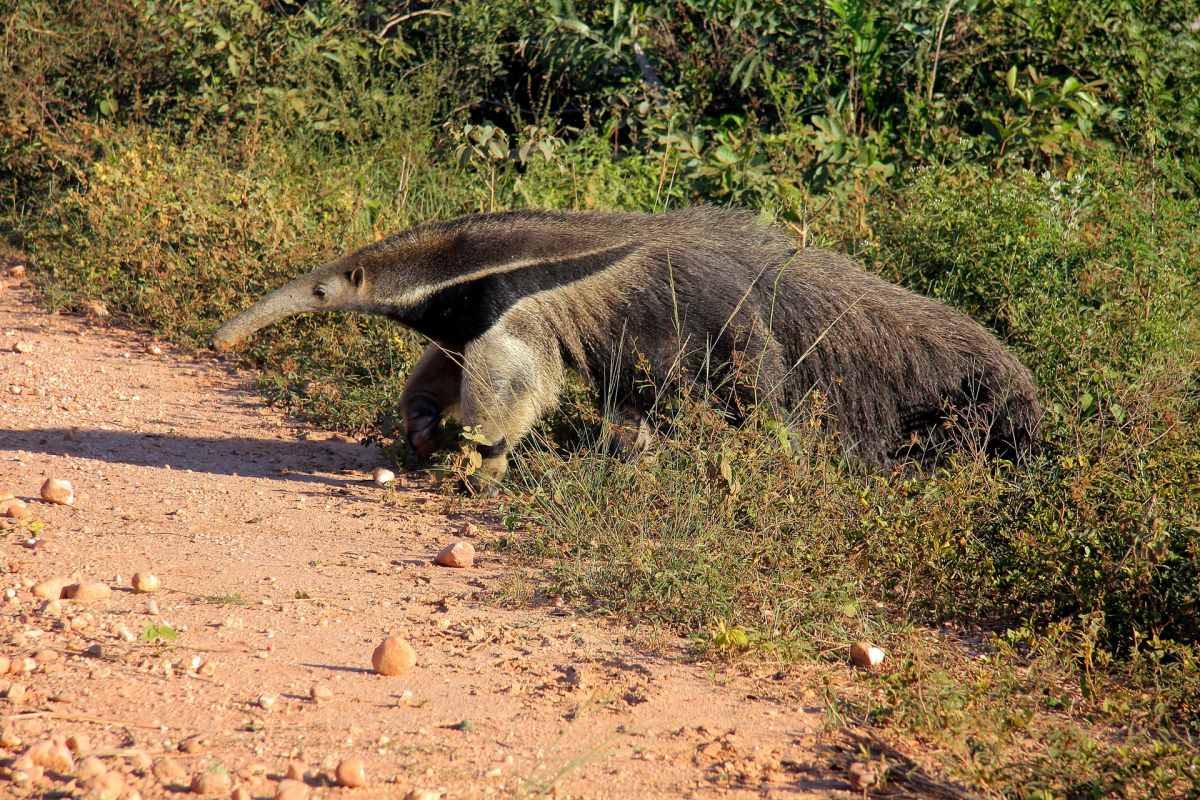
- Name: Giant anteater
- Scientific name: Myrmecophaga tridactyla
- Conservation status:
The giant anteater, also known as the ant bear, is a species of insectivorous mammal native to Central and South America. It is the largest of all four anteaters in the world and is mostly terrestrial, contrary to sloths and other anteaters.
This anteater can be found in a wide variety of habitats, from rainforest to grassland, and it forages in open areas to find food but rests in densely forested habitats.
12. Great green macaw
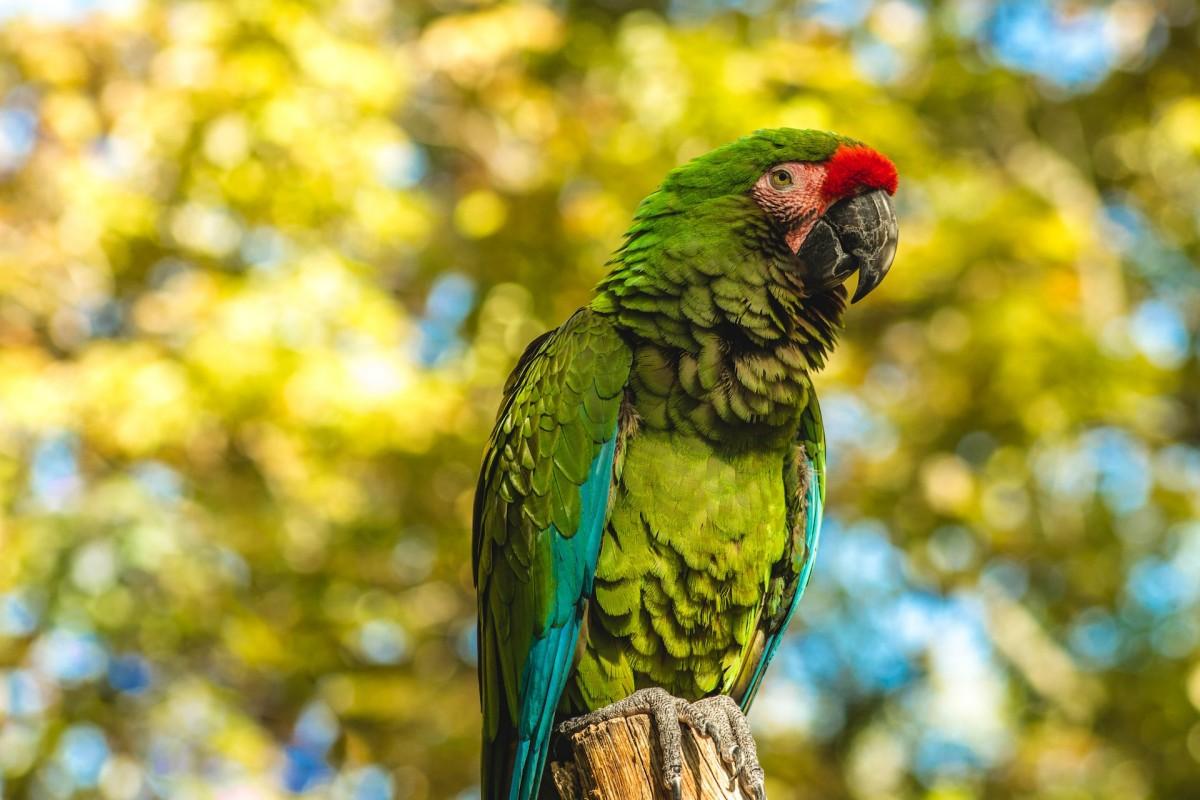
- Name: Great green macaw
- Scientific name: Ara ambiguus
- Conservation status:
The great green macaw, also known as the great military macaw or Buffon’s macaw, is a parrot species native to Central and South America. It lives in the canopy of wet tropical forests and usually stays in pairs or small groups of up to 8 members.
This parrot has an extremely loud call that can be heard from afar; birds that are kept as pets also make groaning sounds.
13. Brown basilisk
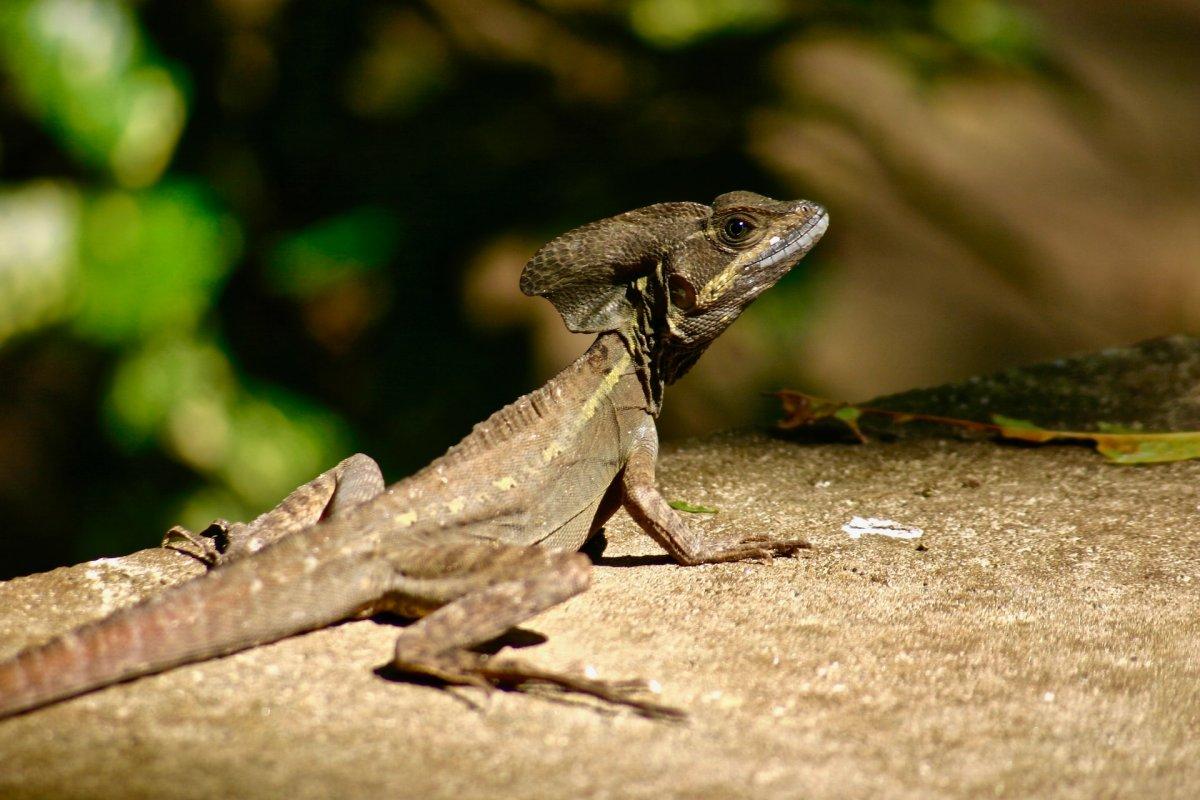
- Name: Brown basilisk
- Scientific name: Basiliscus vittatus
- Conservation status:
You may have already heard of basilisk lizards: these reptiles are widely known to seemingly walk on water, and are sometimes familiarly known as the “Jesus Christ lizards”.
The brown basilisk, also known as the common basilisk or the striped basilisk, is one of them. It has been introduced to Florida as a feral species but is native to Central America and northwestern Colombia. When facing danger, it will run very quickly and can use water very efficiently to escape potential predators.
14. South American cougar
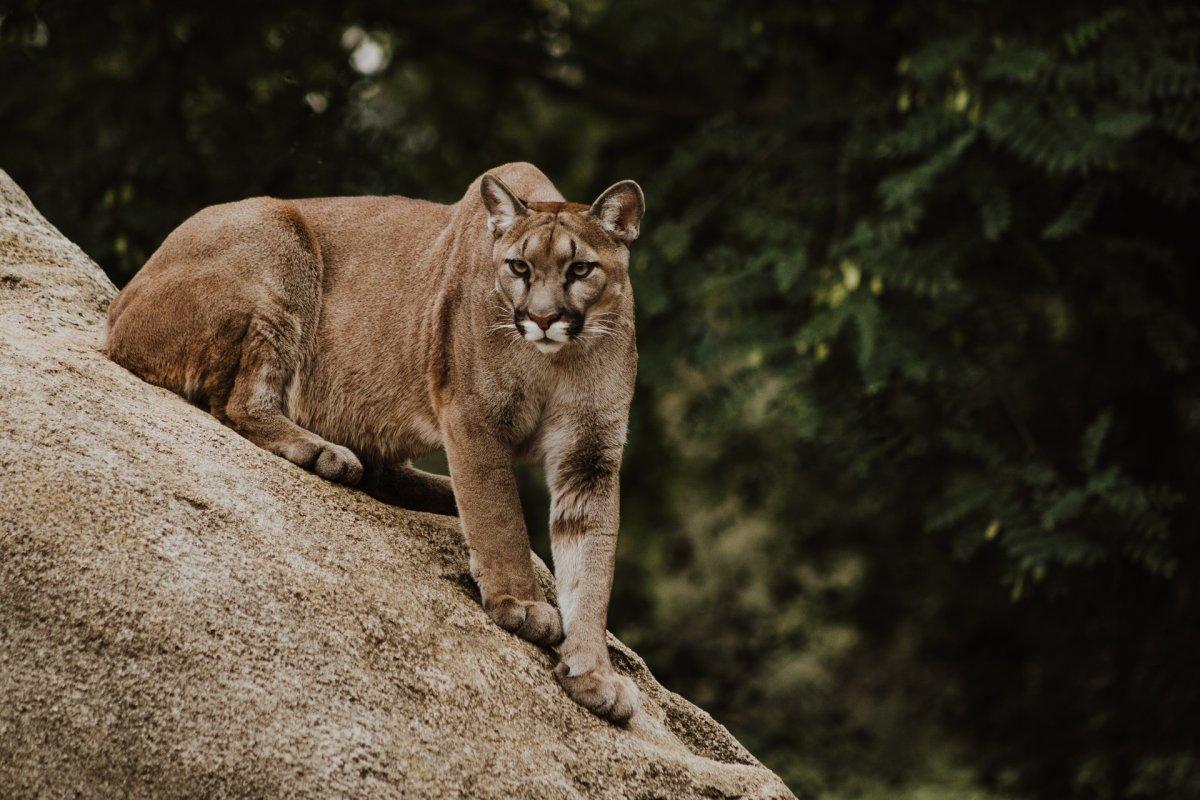
- Name: South American cougar
- Scientific name: Puma concolor concolor
- Conservation status:
You think I would be done with wild cats by now, right? Well, remember what I said, there’s always more!
The South American cougar is a subspecies of the cougar, native to Central and South America. It is a carnivore that feeds on any type of prey, from frogs, agoutis, and rodents to sloths, deers and camelids. Similar to the jaguar, it has an important spot in local history and culture, as it used to be considered either a helper of people… or a snatcher of souls.
15. Collared peccary
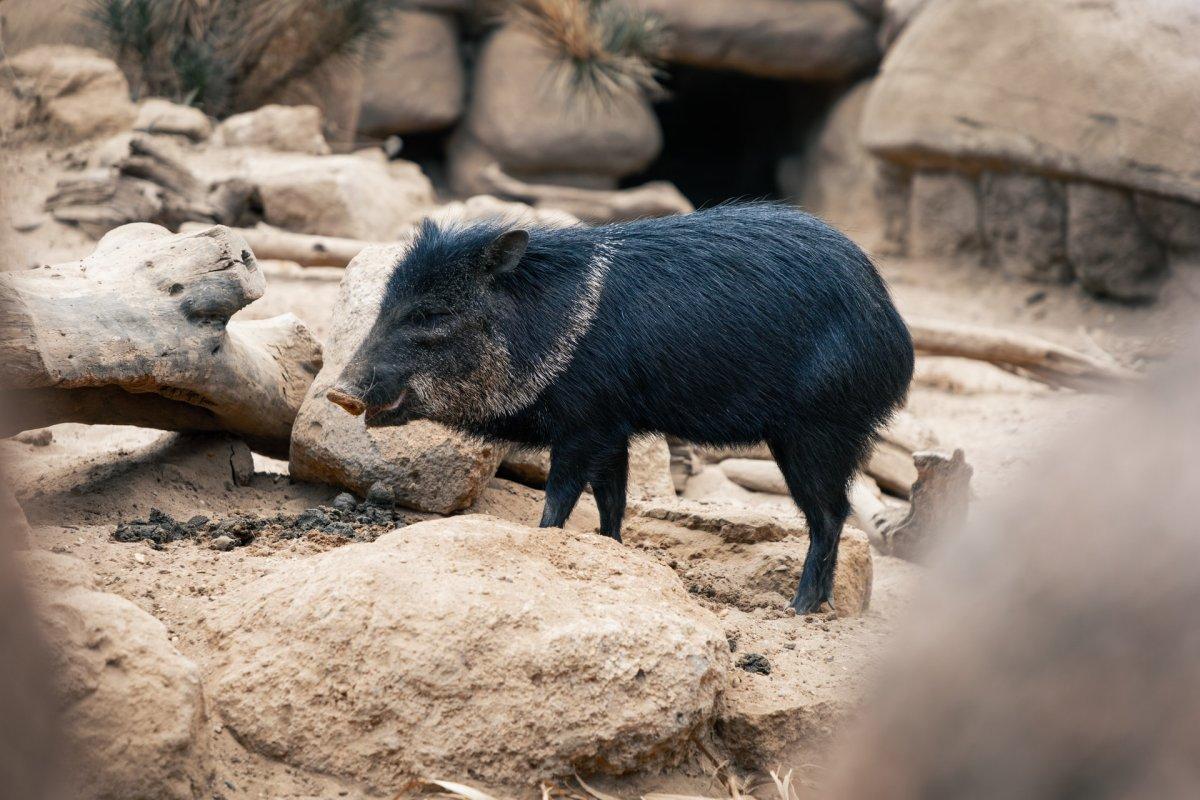
- Name: Collared peccary
- Scientific name: Dicotyles tajacu
- Conservation status:
The collared peccary, also known as the musk hog, is a species of mammal native to much of the Americas, from the southern United States to northern Argentina.
Although it is usually classified as an herbivore, it can easily adapt and feed on snakes, eggs, frogs, lizards, fish, and sometimes carrion when needed. It is a diurnal and social species that live in groups of up to 50 members, averaging 6 to 9 collared peccaries.
—
So there you have them, these were my 15 Honduras native animals. I hope you enjoyed this list and that you learned something new today.
In case you want to learn more about the animals that live in Honduras, feel free to keep reading, as I still have lots of things to tell you about:
Endangered Animals of Honduras
This is definitely the saddest part of the list, but it is very important to raise awareness. Because of this, let’s go through the list of endangered animals in Honduras.
Here are the animals in danger of extinction in Honduras.
- Little swan island hutia
- Sierra de Omoa streamside frog
- Corquin robber frog
- Caribbean monk seal
- Miles’ robber frog
- Scalloped hammerhead
- Nassau grouper
- Utila spiny-tailed iguana
- Coffee rain frog
- and 63 more…
- Black-chested spiny-tailed iguana
- Spinetail devil ray
- Bonnethead shark
- Geoffroy’s spider monkey
- Giant manta ray
- and 81 more…
To see the full list of endangered species in Honduras, head over to the International Union for Conservation of Nature’s Red List.
What is the National Animal of Honduras?
The national animal of Honduras is the white-tailed deer.
Also called the Virginia deer or the whitetail, the white-tailed deer is a medium-sized species of deer native to the Americas, and it has been introduced to New Zealand, the Greater Antilles, and some European countries such as France, Finland, Germany, and the Czech Republic.
In some countries, it is kept as livestock, and it is seriously threatened by diseases, vehicle collisions, and hunting, but it remains of least concern for now thanks to its wide range and large numbers.
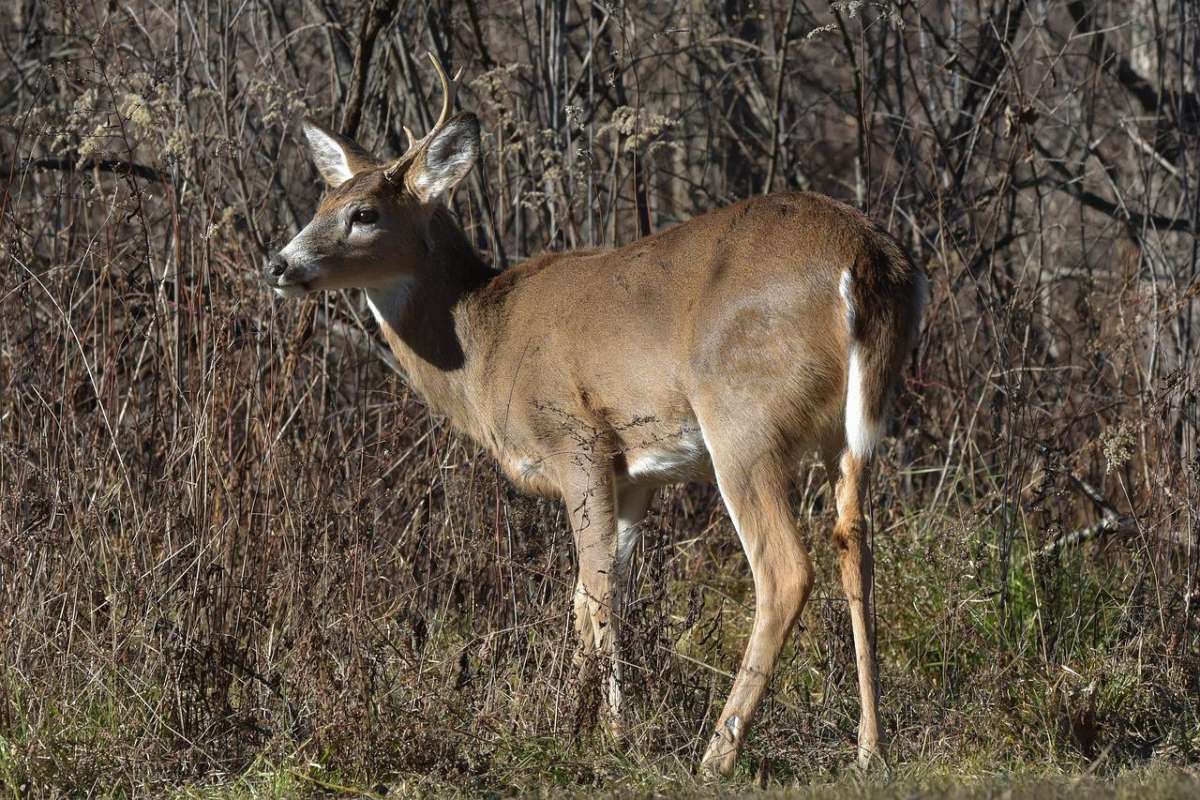
How Many Animals Native to Honduras?
What is the diversity of native animals in Honduras?
Let’s look at the total number of species of Chordata (mammals, birds, fishes, and reptiles).
Total number of animal species in Honduras: 3,327 (8,066 in total in Mesoamerica)
More About Animals in the World!
Loved these Honduras animals facts? Want to see what animals live in other countries?
Then check out these posts:
Or click here to see ALL the facts up on the blog! Spoiler alert: there’s A LOT of them.
Share the knowledge! Click on the buttons below to share information about these common animals in Honduras with your friends, and help them learn more about the world 🙂
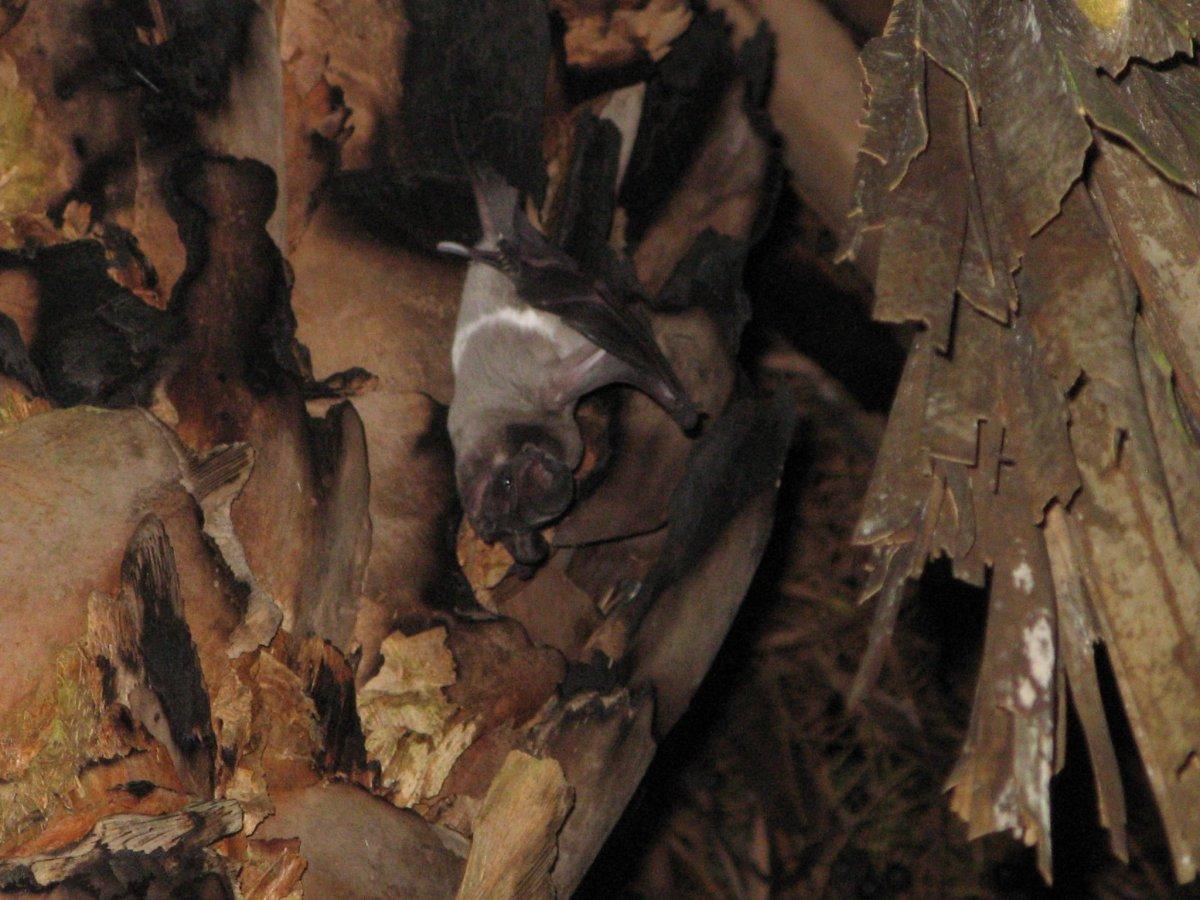

![21 Wild Animals in Azerbaijan [Wildlife in Azerbaijan]](https://www.kevmrc.com/wp-content/uploads/2022/06/21-wild-animals-in-azerbaijan.jpg)
![35 Wild Animals in Uganda [Wildlife in Uganda]](https://www.kevmrc.com/wp-content/uploads/2022/12/35-wild-animals-in-uganda.jpg)
![10 Wild Animals in Nauru [Wildlife in Nauru]](https://www.kevmrc.com/wp-content/uploads/2023/01/10-wild-animals-in-nauru.jpg)